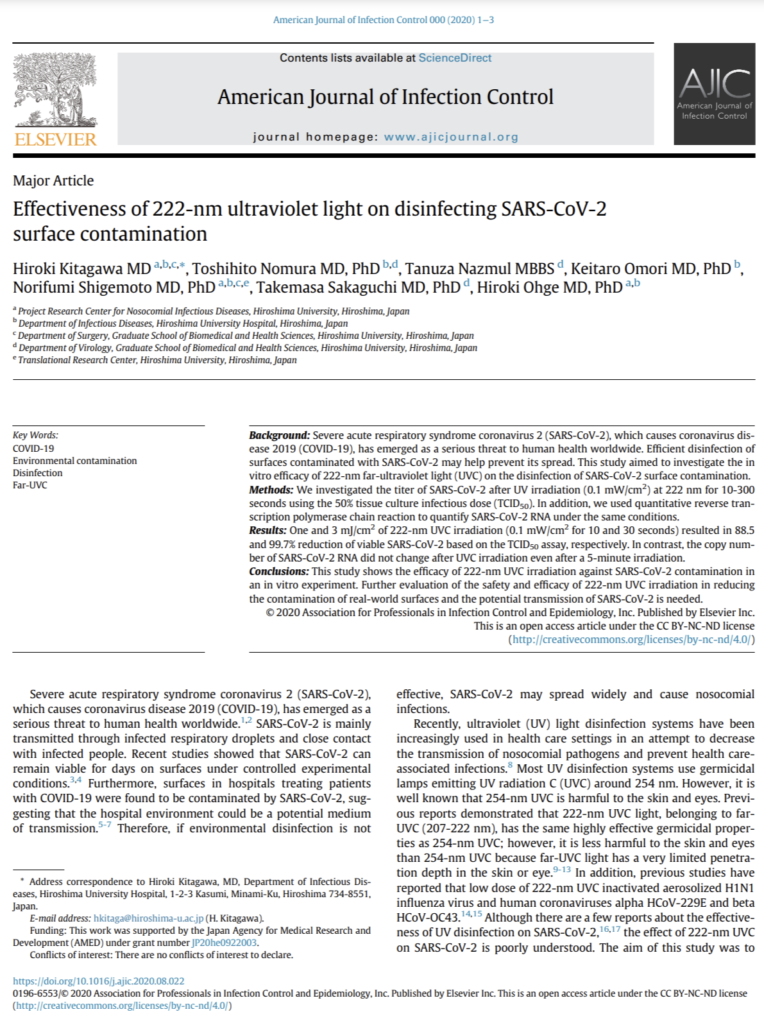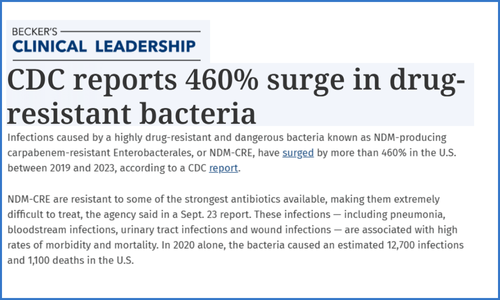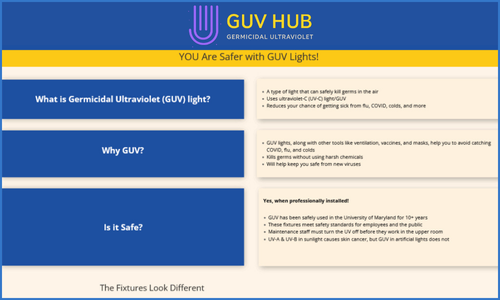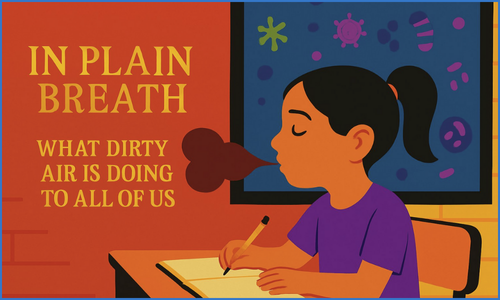Effectiveness of 222nm Ultraviolet Light on Disinfecting SARS-CoV-2 Surface Contamination
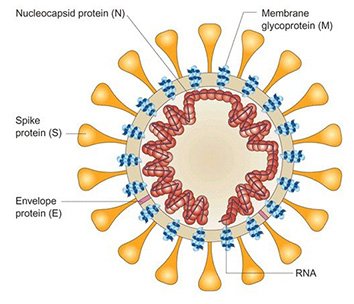 A peer-reviewed study published in the American Journal of Infection Control examined the effectiveness of Far-UV 222 nm against the SARS-CoV-2 (the virus that causes COVID-19) on surfaces. In this study, a modest Far-UV 222 nm dose of 3 mJ/cm2 resulted in a 99.7% reduction in “viable” SARS-CoV-2 virus on surfaces.
A peer-reviewed study published in the American Journal of Infection Control examined the effectiveness of Far-UV 222 nm against the SARS-CoV-2 (the virus that causes COVID-19) on surfaces. In this study, a modest Far-UV 222 nm dose of 3 mJ/cm2 resulted in a 99.7% reduction in “viable” SARS-CoV-2 virus on surfaces.
The study confirmed previous Far UV Technologies’ conclusions under its NASA contract research that the use of an RT-PCR testing methodology does not accurately reflect “viable” SARS-CoV-2 contamination as it only detects that RNA is present rather than whether it is infectious. Instead, the TCID50 test, which shows the median tissue culture infectious dose for cells inoculated with virus, is a research study that has been used to demonstrate the infectivity or viability of SARS-CoV-2 after Far UV disinfection.
This is particularly important as we highlight the primary kill mechanism for 222 nm Krypton Far UV is its ability to destroy the envelope proteins that protect the nuclear material, rather than directly destroying the RNA.
Hiroki Kitagawa MD*, Toshihito Nomura MD, PhD, Tanuza Nazmul MBBS, Keitaro Omori MD, PhD, Norifumi Shigemoto MD, PhD, Takemasa Sakaguchi MD, PhD, Hiroki Ohge MD, PhD
- Project Research Center for Nosocomial Infectious Diseases, Hiroshima University, Hiroshima, Japan
- Department of Infectious Diseases, Hiroshima University Hospital, Hiroshima, Japan
- Department of Surgery, Graduate School of Biomedical and Health Sciences, Hiroshima University, Hiroshima, Japan
- Department of Virology, Graduate School of Biomedical and Health Sciences, Hiroshima University, Hiroshima, Japan
- Translational Research Center, Hiroshima University, Hiroshima, Japan
Background: Severe acute respiratory syndrome coronavirus 2 (SARS-CoV-2), which causes coronavirus disease 2019 (COVID-19), has emerged as a serious threat to human health worldwide. Efficient disinfection of surfaces contaminated with SARS-CoV-2 may help prevent its spread. This study aimed to investigate the in vitro efficacy of 222-nm far-ultraviolet light (UVC) on the disinfection of SARS-CoV-2 surface contamination.
Methods: We investigated the titer of SARS-CoV-2 after UV irradiation (0.1 mW/cm2) at 222 nm for 10-300 seconds using the 50% tissue culture infectious dose (TCID50). In addition, we used quantitative reverse transcription polymerase chain reaction to quantify SARS-CoV-2 RNA under the same conditions.
Results: One and 3 mJ/cm2 of 222-nm UVC irradiation (0.1 mW/cm2 for 10 and 30 seconds) resulted in 88.5 and 99.7% reduction of viable SARS-CoV-2 based on the TCID50 assay, respectively. In contrast, the copy number of SARS-CoV-2 RNA did not change after UVC irradiation even after 5-minute irradiation.


